Western development of anti-ship missiles. Part of 2
As part of the OASuW (Offensive Anti-Surface Weapon) program, Lockheed Martin will develop an extended-range anti-ship missile AGM-158C LRASM (Long Range Anti-Ship Missile). LRASM, which is a modification of the AGM-158B JASSM-ER (Joint Air-to-Surface Standoff Missile-Extended Range) cruise missile, is equipped with a new sensor package, “sharpened” for the tasks of fighting surface targets
The joint British-French Sea Venom / Anti-Navire Leger (ANL) missile development program, led by MBDA for the French and British Defense Ministries, reached a new level in June last year when the first successful launch from a Dauphin helicopter on proving ground in the south of France; At the end of 2018, a series of controlled launches of this rocket is scheduled. The Sea Venom / ANL project is implemented in accordance with the British and French requirements, respectively Future Anti Surface Guided Weapon (Heavy) and Anti Navire Leger (ANL), in order to replace outdated anti-ship missiles, the British Sea Skua and the French AS15TT. The requirements determine a multipurpose, lightweight rocket with a mass of 110 kg and a length of approximately 2,5 meters, designed to hit surface targets within a radius of about 20 km; it must develop a high subsonic speed and be launched from a helicopter. The launch engine after separation from the carrier includes an uncooled thermal imaging Safran GOS with advanced image processing (with the possibility of integrating an additional channel for semi-active laser homing), a two-way communication channel to engage the operator in the control loop, and an 30 armor-piercing warhead weighing XNUMX kg.
In the summer of 2017, the important stage of the British-French program for the new Sea Venom / Anti-Navire Leger (ANL) rocket was successfully completed. At the test site in the south of France from the helicopter Dauphin was made the first launch of this rocket
While the rocket can fly completely independently in several modes, including flying at extremely low altitude above the sea, operator control will enable such modes as redirection during the flight, correction / refinement of the pickup point and safe termination of the mission. In the presence of a laser semi-active homing missile will be able to capture targets out of sight due to laser targeting from a third-party platform. In the tail part there is a starting engine, in the middle of the hull is a main engine with a ventral nozzle directed downwards. The Sea Venom / ANL missile, designed to perform tasks both on the open sea and on the coast in an atmosphere of interference from local items, is planned to be used by the AW159 Wildcat British Navy helicopters, while the French fleet will arm its new HIL helicopters (Helicoptere Interarmees Leger ). A missile capable of hitting various ships from a safe distance, ranging from high-speed raid boats, medium-sized missile boats to large ships such as corvettes, can be installed on a variety of platforms. For example, tests were carried out on air transportation to demonstrate the compatibility of the rocket with existing Lynx helicopters.
The Sea Venom / ANL rocket weighing 110 kg and a range of about 20 km with the engine starting after separation from the carrier has an uncooled thermal imaging satellite from Safran and a two-way communication channel for the operator to be included in the control loop. While the rocket can fly completely autonomously in several modes, including flying at extremely low altitude above the sea, the operator’s control will allow to get such modes as redirection during the flight, correction / adjustment of the pickup point and safe termination of the mission
US development
The US Navy's need for control of the sea in the face of the new capabilities of the main opponents seeking to create a zone of access / blocking the zone (A2 / AD), combined with the ongoing ongoing struggle for resources, forced the fleet to develop a strategy for “Distributed mortality”, which provides for the re-equipment , reconfiguration and reorientation of surface fleet in order to occupy a more open "offensive" position. To meet the urgent needs for anti-ship capabilities, the US Navy is working on updating existing and introducing new ship and air-based weapon systems along with the anti-ship version of the Raytheon SM-6 surface-to-air missile.
A small digression to explain the English. the term A2 / AD (anti-access and area-denial - access prohibition / zone blocking). "Prohibition of access" means the ability to slow down or impede the deployment of enemy forces in the theater of operations or forcing him to create a springboard for an operation far removed from the desired deployment site. The “blocking zone” covers actions to limit freedom of maneuver, reduce operational efficiency and increase the risks associated with the operations of friendly forces in the theater of operations.
The entire Tomahawk family of weapons systems, including the MST (Maritime Strike Tomahawk) program with an undetermined number of Tomahawk Land Attack Missile (TLAM) or Block IV missiles, will receive an improved navigation and communications kit so that Tomahawk missiles can operate with greater freedom, adjusting their trajectory in a difficult jamming environment or in conditions of prohibition of access / blocking of a zone
In an effort to restore long-range anti-ship capabilities that were lost when the Tomahawk Anti-Ship Missile (TASM) version of the anti-ship missile (TASM) was removed from service in the 90's, the US Navy is developing another version of the Maritime Strike Tomahawk (MST). In accordance with the accelerated deployment program, Raytheon received a contract last fall to integrate the new multimode GOS into the yet unapproved number of Tomahawk Land Attack Missile (TLAM) or Block IV missiles so that they could capture targets at sea. According to reports, the new multimode passive-active GOS will have a modular multifunctional processor, which, in combination with the navigation and communications kit, will allow the Tomahawk rocket to operate more freely in difficult interfering environments or under A2 / AD conditions. In accordance with this program, a more reliable communication system based on a new advanced architecture will also be implemented, which will replace the existing two-way satellite communication channel and add the M-code GPS encoding module.
In parallel with the joint US-British development of a multipurpose warhead and the continued improvement of the Tactical Tomahawk Weapons Control System (TTWCS) control system, which is characterized by an increased level of cyber security, communications and navigation systems will be upgraded during the Block IV re-certification program. CRP MST. This development will also affect the British arsenal, which will extend their service life by another 2019 years (a total of 15 years) and, thus, the Tomahawk missiles will remain in service with the royal fleet until the end of the 30s. Meanwhile, all American Block III missiles in the 2040 year are scheduled for decommissioning (it is not difficult to guess how this will be done). The long-term replacement of Tomahawk will be guaranteed by the NGLAW (Next Generation Land Attack Weapon) missile development program, which will be able to attack land and sea targets from surface and underwater platforms, complementing the Tomahawk weapon system in the first stage. The initial entry into service of the NGLAW rocket is scheduled for 2018-2028 years.
The US Navy is going to restore its long-range anti-ship capabilities as part of the Maritime Strike Tomahawk (MST) program. Last fall, Raytheon received a contract to integrate a new multi-mode seeker and an advanced processor into a Tomahawk Land Attack Missile (TLAM) or Block IV rocket to counter sea-moving targets.
Further development and expansion of the Boeing AGM / UGM / RGM-84 Harpoon weapon systems family is in strict compliance with US sales law. weapons and military equipment to foreign countries. In February, the US Department of Defense Office of Military Cooperation announced that Finland could sell the newest RGM-84Q-4 Harpoon Block II + ER missile in the ship-based version together with Harpoon Block II missiles (RGM-84L-4 Harpoon Block II) in connection with which this North European The country will become the starting buyer of the new version. As expected, the new version, also proposed as a modernization kit for the Block II model, will go into service with Hamina class missile boats, new multi-purpose corvettes and coastal batteries. Harpoon Block II Plus Extended Range (Block II + ER) is described by Boeing as “a weapon system that combines the best features of Harpoon Block II + and Harpoon Extended Range (ER) models and offers operators upgrading options that will increase their capabilities for a low cost” .
The latter option is more than twice the current Harpoon missile (according to the US Navy more than 124 km) due to a more efficient engine, successfully tested on tests, and an additional amount of fuel, which increased the range without changing the overall characteristics of the rocket. Thus, it remained compatible with the existing launch infrastructure and service systems, while retaining all of its all-weather, autonomous and over-the-horizon capabilities to accomplish tasks to combat surface and ground targets.
The sum of the capabilities of the latest version of the Block II + Harpoon missiles with its network-centric capabilities (dropped from the FA-18SF Super Hornet fighter) and the Harpoon ER variant, which has more than twice the range compared to the current Harpoon missile, is implemented in the new version of the Block II + ER or alternative upgrade kit for current and potential Harpoon missile buyers
According to the US Navy, the capabilities, including reliability and survivability, of the air-launched AGM-84N Harpoon Block II + missiles have increased significantly thanks to a new GPS-targeting kit. while the new Link 16 data channel allows for the flight to correct the trajectory, to retarget or cancel the task, not to mention the increased resistance to electronic suppression. The rocket can be launched from various airborne and ground / surface platforms. At the end of 2018, the American fleet will install Harpoon Block II + missiles on F / A-18E / F Super Hornet fighters, and next year on P-8A Poseidon patrol aircraft.
Harpoon rocket launch
In accordance with the program of the American fleet OASuW (Offensive Anti-Surface Weapon), the extended range anti-ship missile AGM-158C LRASM (Long Range Anti-Ship Missile) is being developed by Lockheed Martin, which in May 2016 received a contract for the final development, integration and delivery of experienced system samples. In July, the US Navy 2017 issued a contract for the first production batch of LRASM missiles, which would allow operations to be carried out against particularly important surface warships protected by integrated air defense systems with long-range surface-to-air missiles. The LRASM variant, being a further development of the airborne AGM-158B JASSM-ER (Joint Air-to-Surface Standoff Missile - Extended Range) cruise missile, is equipped with a new sensor kit designed specifically for anti-ship applications. The LRASM rocket, equipped with an 1000 pound armored-piercing warhead with a weight of data, uses a data transmission channel, improved digital GPS, resistant to jamming, and multi-mode homing to detect and destroy specific objects within a group of ships. The sensor package, which includes a passive radio frequency head for capturing a target in a large radius and an optoelectronic head for targeting to the final part of the trajectory, was developed by BAE Systems Information and Electronic Systems Integration. According to the schedule, the prototypes of the missiles will be installed on B-1 bombers by the end of 2019 of the year and on F / A-18E / F fighters by the end of 2020 of the year.
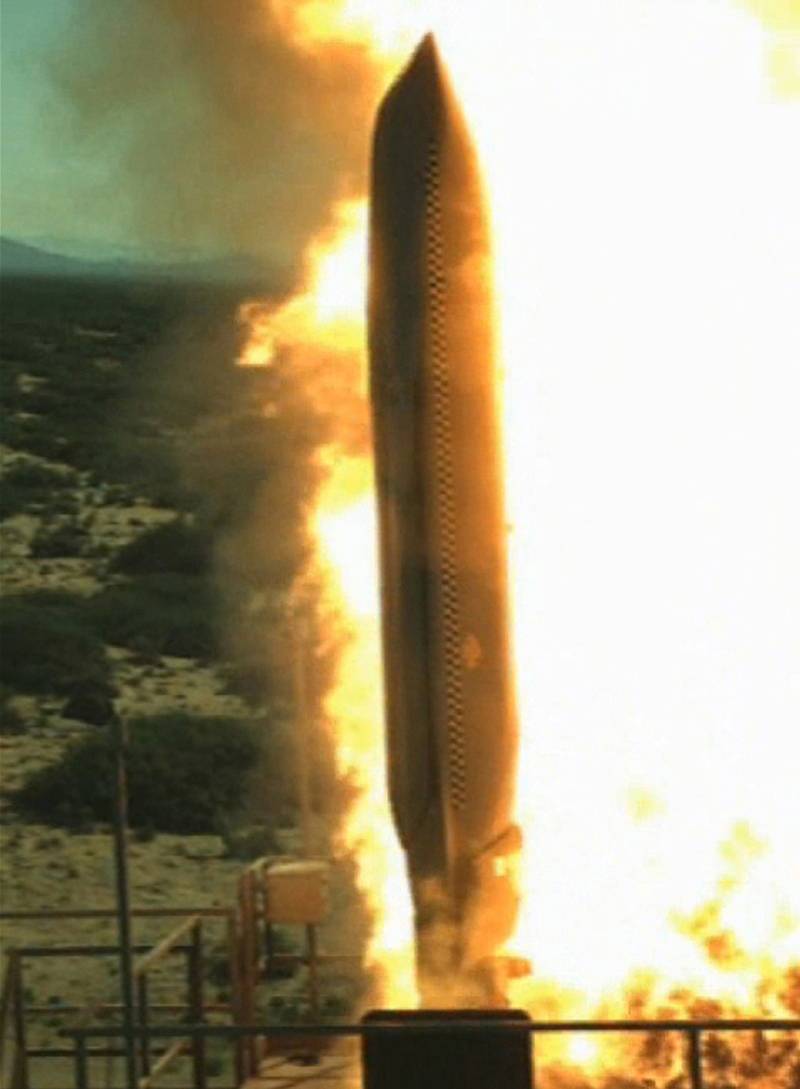
In order to meet the requirements of the US Navy to enhance capabilities in the fight against surface targets, Lockheed Martin continues to develop the LRASM family of missiles, having developed and successfully tested two surface-based surface-based missiles. The same rocket with a launch accelerator in the first version is launched vertically from the 41 VLS Mk launcher, while in the second version it is launched from a deck-mounted installation
The company Lockheed Martin tirelessly develops the LRASM family. She developed and successfully tested two surface-based / land-based versions, producing several launches from ground and ship installations. In addition to the version launched from the 41 Vertical Launch System (VLS) vertical launch, the Lockheed Martin company is developing a variant of the deck-mounted installation based on the same VLS installation, but with the 114 Mc accelerator (and adapter for this engine) in order to obtain sufficient reactive power to climb.
In order to support its “Distributed lethality” strategy, the American fleet in the summer of 2015 began a program to develop an anti-ship missile OTH-WS (over-the-horizon weapon system - over-the-horizon weapon system) to increase the combat capabilities of coastal warships and new missile frigates. The US Navy, taking into account the requirements for mass and volume, requires finished products; The base system should include one fire control system and two to four tube launchers in each with two to four missiles. The applicants for the program were Boeing with the latest version of the Harpoon rocket, Lockheed Martin with its LRASM and the Raytheon-Kongsberg group with the NSM rocket. However, Boeing and Lockheed Martin voluntarily withdrew from the competition in connection with the exclusion of some key capabilities from their missiles, for example, working in a single network and correcting flight trajectories, leaving Raytheon-Kongsberg as the only contender for the OTH-WS project.
Information sources:
www.naval-technology.com
www.nationalinterest.org
www.mbda-systems.com
www.kongsberg.com
saabgroup.com
www.raytheon.com
www.boeing.com
www.lockheedmartin.com
www.defenceiq.com
www.navair.navy.mil
www.navyrecognition.com
forums.airbase.ru
www.csef.ru
pinsdaddy.com
www.alamy.com
Arzumanyan R.V. The Third Counterweight Strategy: The Pentagon's Reaction to New Threats.
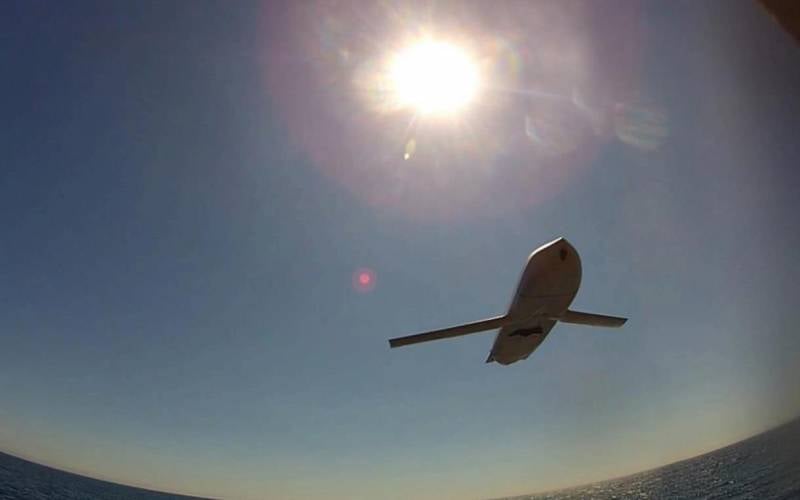
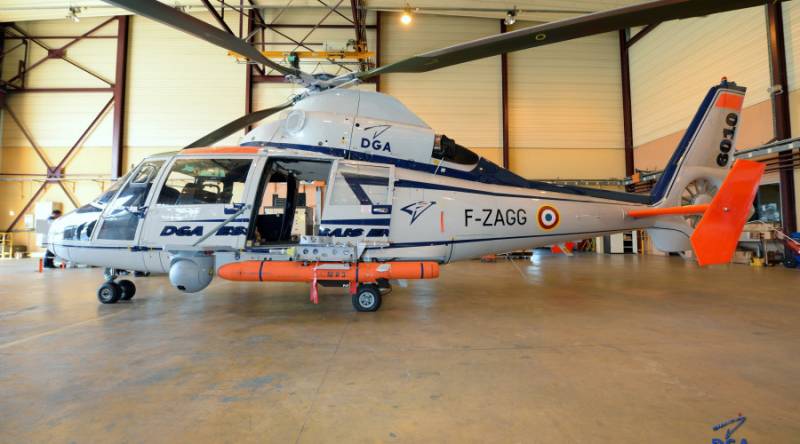
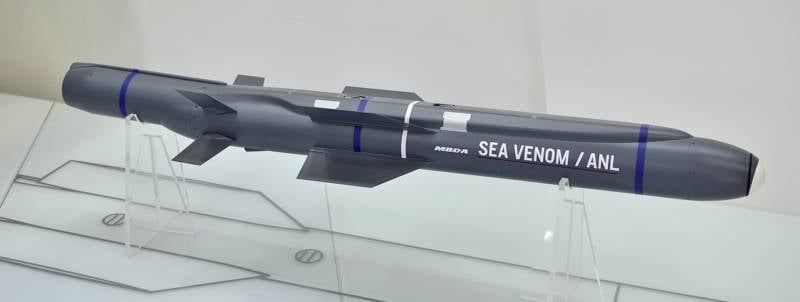
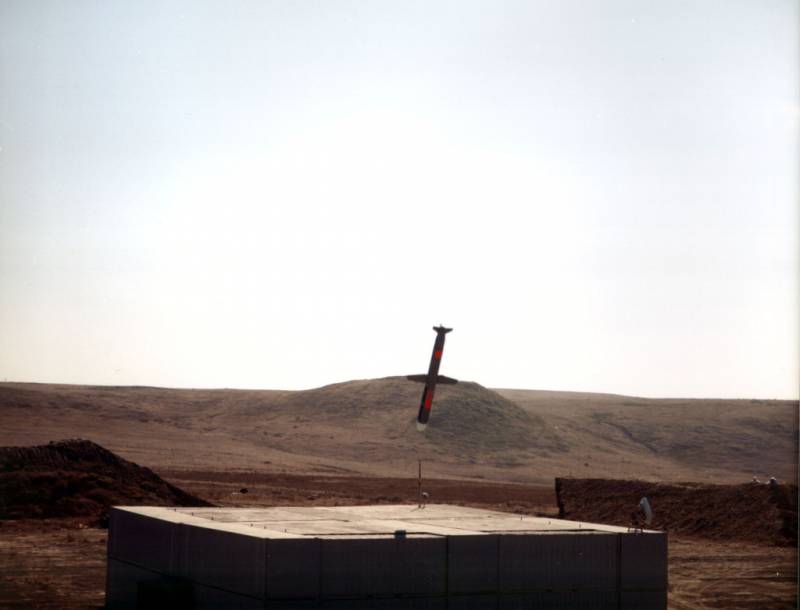
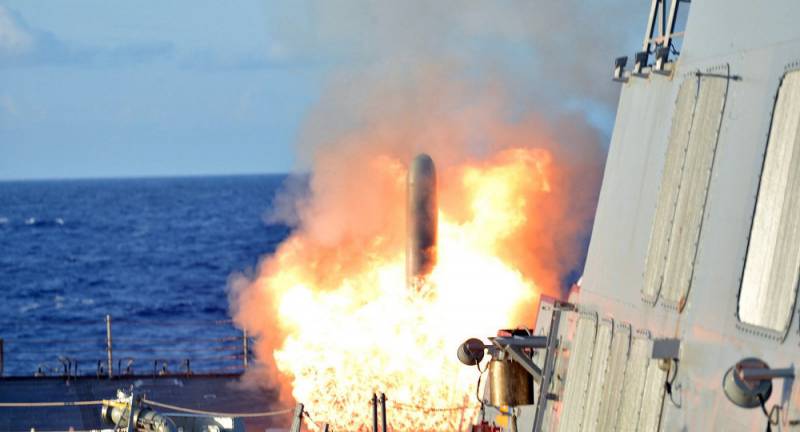
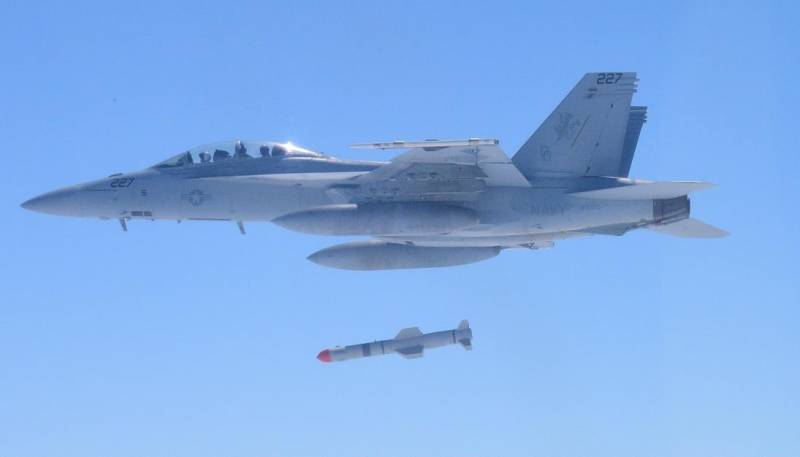
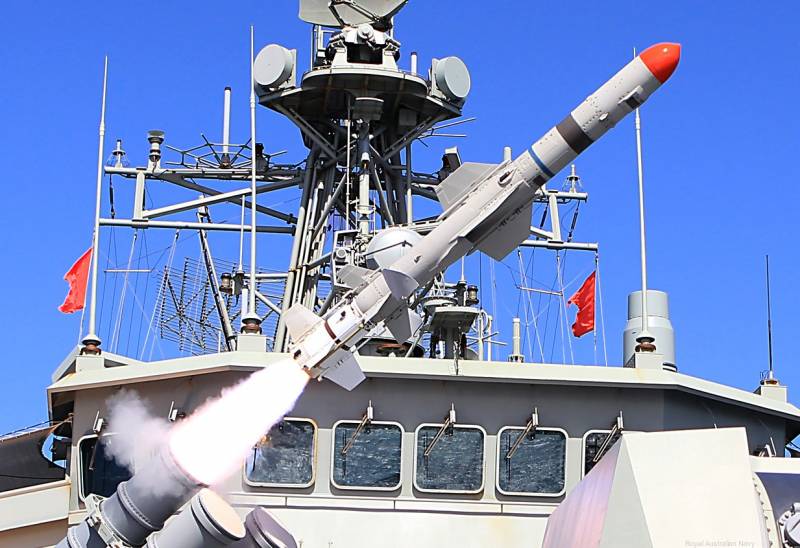
Information